Home>Gardening & Outdoor>Landscaping Ideas>How To Plant Small Leaf Grass In Aquarium
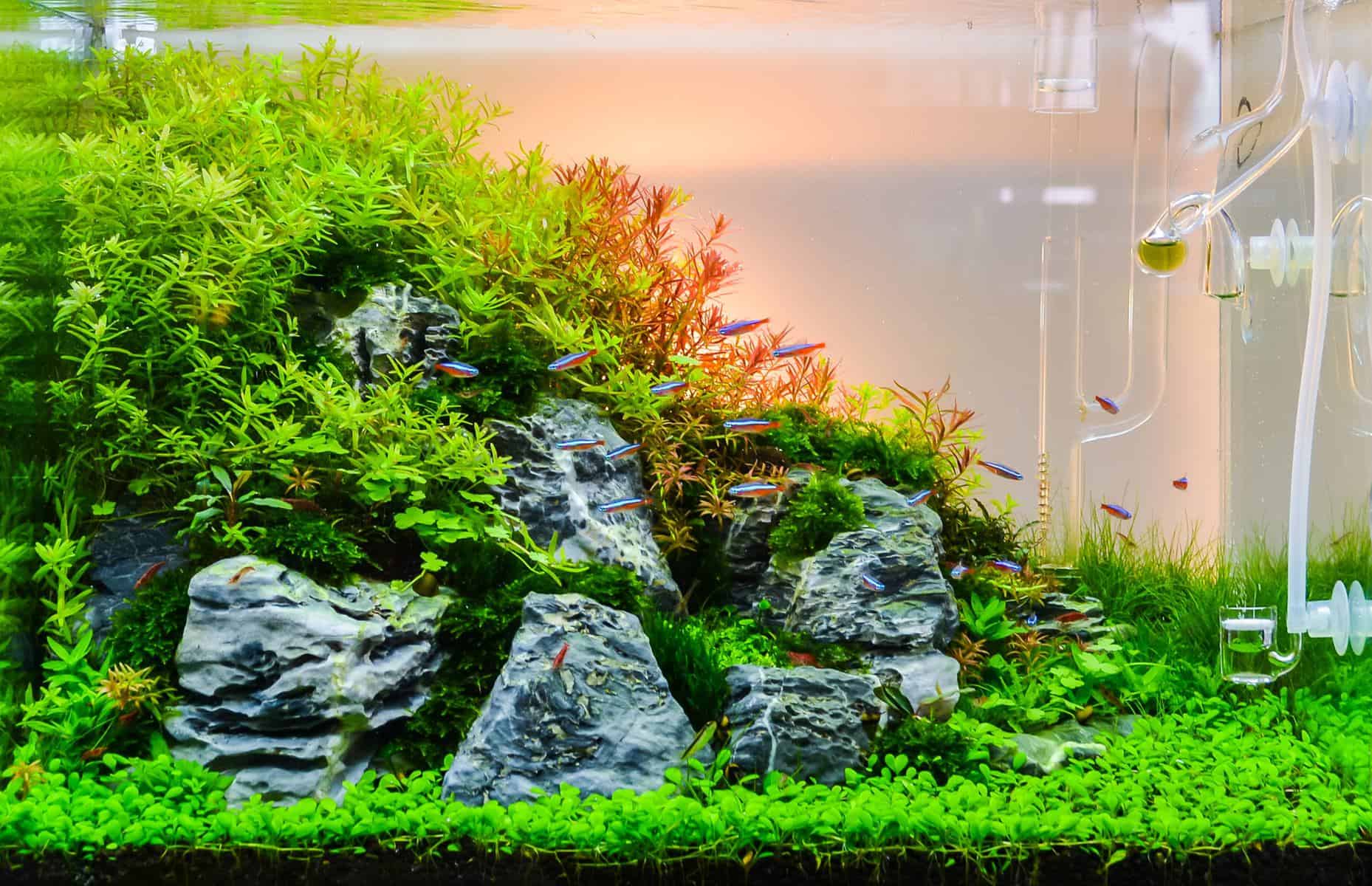

Landscaping Ideas
How To Plant Small Leaf Grass In Aquarium
Modified: August 29, 2024
Learn how to enhance your aquarium with small leaf grass and elevate your landscaping ideas. Discover the best techniques for planting and maintaining small leaf grass in your aquarium. Start creating a stunning aquatic landscape today!
(Many of the links in this article redirect to a specific reviewed product. Your purchase of these products through affiliate links helps to generate commission for Storables.com, at no extra cost. Learn more)
**
Introduction
**
Adding small leaf grass to an aquarium not only enhances its aesthetic appeal but also contributes to the overall well-being of the aquatic ecosystem. Whether you are a seasoned aquarist or a novice enthusiast, cultivating small leaf grass can significantly elevate the visual allure of your aquarium while fostering a conducive environment for aquatic life. In this comprehensive guide, we will delve into the intricacies of planting and maintaining small leaf grass in an aquarium, providing valuable insights and practical tips to help you create a thriving aquatic landscape. Let's embark on this journey to discover the wonders of incorporating small leaf grass into your aquatic sanctuary.
**
Key Takeaways:
- Small leaf grass in aquariums enhances beauty, oxygenates water, provides habitat for aquatic life, inhibits algae, and encourages natural behaviors in fish, contributing to a thriving aquatic ecosystem.
- To plant small leaf grass, prepare the aquarium, gather materials, delicately plant the grass, and maintain it through trimming, nutrient supplementation, lighting management, water quality maintenance, algae control, and aquascape adjustments.
Read more: How To Plant Grass In An Aquarium
Benefits of Small Leaf Grass in Aquarium
**
Small leaf grass, often referred to as carpeting plants, offers a myriad of benefits when introduced to an aquarium environment. These diminutive yet vibrant plants not only serve as a visually captivating addition but also play a crucial role in maintaining the ecological balance within the aquatic habitat. Here are some compelling reasons to consider incorporating small leaf grass into your aquarium:
- Enhanced Aesthetic Appeal: Small leaf grass creates a lush, verdant carpet-like effect at the bottom of the aquarium, adding a touch of natural beauty and visual depth to the aquatic landscape. This visually striking feature can transform the overall ambiance of the aquarium, providing a captivating backdrop for the inhabitants.
- Oxygenation and Filtration: The dense foliage of small leaf grass facilitates the oxygenation of the water, contributing to a healthier and more balanced aquatic ecosystem. Additionally, the plants act as natural filters, absorbing nitrates and other pollutants, thereby improving water quality and creating a conducive environment for fish and other aquatic organisms.
- Habitat for Aquatic Life: Small leaf grass serves as a natural habitat and spawning ground for small fish, invertebrates, and aquatic organisms. The dense carpeting provides shelter and refuge for delicate fry and small species, fostering a thriving and harmonious aquatic community within the aquarium.
- Algae Inhibition: The growth of small leaf grass helps inhibit the proliferation of algae by competing for nutrients and light. This natural mechanism aids in preventing excessive algae buildup, thereby maintaining a cleaner and more visually appealing aquarium environment.
- Natural Behavior Encouragement: For fish and other aquatic inhabitants, small leaf grass mimics their natural habitat, encouraging natural behaviors such as foraging, grazing, and territorial demarcation. This can lead to reduced stress levels and enhanced overall well-being for the aquarium inhabitants.
By harnessing these benefits, small leaf grass not only elevates the aesthetic allure of the aquarium but also contributes to the ecological harmony and vitality of the aquatic ecosystem.
**
Materials Needed
**
Before embarking on the endeavor of planting small leaf grass in your aquarium, it is essential to gather the necessary materials to ensure a successful and seamless process. Here is a comprehensive list of materials required for planting small leaf grass in your aquarium:
- Aquarium Tank: Select a suitable aquarium tank with ample space and appropriate lighting to accommodate the small leaf grass. The tank should be clean and free from any contaminants that may hinder plant growth.
- Substrate: Opt for a nutrient-rich substrate specifically designed for aquatic plants. The substrate should provide essential nutrients and a stable base for the small leaf grass to establish its root system and thrive. Examples of suitable substrates include aquatic plant soil, nutrient-rich gravel, or specialized planting substrate. Ensure that the substrate layer is adequately deep to support root development.
- Small Leaf Grass (Carpeting Plants): Acquire small leaf grass species suitable for aquarium cultivation, such as Dwarf Baby Tears (Hemianthus callitrichoides), Monte Carlo (Micranthemum tweediei), or Dwarf Hairgrass (Eleocharis parvula). Select healthy specimens with vibrant green foliage and robust root systems for optimal growth.
- Aquarium Lighting: Invest in high-quality aquarium lighting that provides the appropriate spectrum and intensity for promoting photosynthesis and healthy growth of the small leaf grass. LED lighting fixtures designed for planted aquariums are recommended for optimal results.
- Fertilizers and Supplements: Consider using liquid or substrate fertilizers specifically formulated for aquatic plants to provide essential nutrients, including nitrogen, phosphorus, and potassium. Additionally, supplements such as root tabs can be beneficial for nourishing the root system of the small leaf grass.
- Aquarium Tweezers or Scissors: Acquire fine-tipped aquarium tweezers or scissors to facilitate the planting and maintenance of small leaf grass in the aquarium. These tools aid in delicately placing the plants and trimming them as needed to maintain the desired carpeting effect.
- Water Conditioner: Ensure that you have a reliable water conditioner to treat the aquarium water and remove chlorine, chloramine, and heavy metals that may be detrimental to the small leaf grass and other aquatic inhabitants.
By assembling these essential materials, you can set the stage for a successful small leaf grass planting endeavor, laying the groundwork for a vibrant and thriving aquatic landscape within your aquarium.
**
Preparation
**
Effective preparation is key to ensuring the successful establishment of small leaf grass in your aquarium. By following these preparatory steps, you can create an optimal environment for the small leaf grass to take root and flourish within the aquatic setting:
- Aquarium Setup and Maintenance: Prior to introducing small leaf grass, conduct a thorough cleaning and maintenance of the aquarium. Remove any debris, algae, or detritus that may hinder plant growth. Ensure that the aquarium equipment, such as filters and heaters, is functioning optimally to maintain a conducive aquatic environment.
- Substrate Placement: Carefully layer the nutrient-rich substrate at the bottom of the aquarium, ensuring an even distribution and an adequate depth of approximately 1.5 to 2 inches. Smooth the substrate surface to create a level foundation for planting the small leaf grass.
- Aquarium Lighting: Position the aquarium lighting fixtures at an appropriate distance above the water surface to provide uniform coverage and sufficient intensity for the small leaf grass. Adjust the lighting duration to mimic natural daylight cycles, typically ranging from 8 to 10 hours per day, to promote photosynthesis and healthy plant growth.
- Water Conditioning: Treat the aquarium water with a reliable water conditioner to neutralize harmful chemicals and ensure that the water parameters, including temperature and pH, are conducive to plant growth. It is essential to maintain stable and suitable water conditions to support the establishment of small leaf grass.
- Planting Area Preparation: Identify the specific areas within the aquarium where you intend to plant the small leaf grass. Consider creating gradual slopes or terraced sections to add visual dimension and depth to the carpeting effect. Plan the layout strategically to achieve an aesthetically pleasing arrangement.
- Supplemental Nutrients: If using substrate fertilizers or supplements, administer them according to the manufacturer’s recommendations to enrich the substrate and provide essential nutrients for the small leaf grass. This additional nourishment can bolster the initial growth phase of the plants.
By meticulously preparing the aquarium environment and laying the groundwork for the introduction of small leaf grass, you can set the stage for a successful planting process and the subsequent flourishing of these captivating aquatic plants.
**
When planting small leaf grass in an aquarium, use nutrient-rich substrate and provide adequate lighting for photosynthesis. Trim the grass regularly to promote healthy growth and prevent overcrowding.
Planting Small Leaf Grass in Aquarium
**
The process of planting small leaf grass in an aquarium requires precision and attention to detail to ensure the optimal growth and establishment of these delicate aquatic plants. Follow these step-by-step guidelines to execute the planting process effectively:
- Prepare the Small Leaf Grass: Upon acquiring the small leaf grass specimens, carefully inspect the plants to ensure they are vibrant, healthy, and free from any signs of damage or decay. Gently rinse the plants under running water to remove any residual debris or impurities.
- Trimming and Separation: If the small leaf grass is obtained in dense mats or bunches, consider trimming and separating the plants into smaller portions. This facilitates easier planting and allows for precise placement within the aquarium substrate.
- Planting Technique: Utilize fine-tipped aquarium tweezers to delicately plant the small leaf grass into the substrate. Create small depressions in the substrate using the tweezers and carefully insert the plant portions, ensuring that the roots are fully submerged and anchored in the nutrient-rich substrate.
- Spacing and Coverage: Strategically space the planted portions of small leaf grass to achieve even coverage and a cohesive carpeting effect. Maintain a uniform distance between the plant clusters to promote consistent growth and prevent overcrowding, allowing each specimen to thrive and spread across the substrate.
- Gentle Pressing: After planting each portion of small leaf grass, lightly press the substrate around the base of the plants to secure them in place. Avoid excessive compaction, as this may impede root development and nutrient uptake.
- Trimming and Maintenance: As the small leaf grass begins to grow and spread, periodically trim the foliage to maintain the desired carpeting height and density. Use aquarium scissors to carefully trim any overgrown or unruly portions, promoting a neat and uniform carpeting effect.
- Observation and Adjustment: Monitor the growth and development of the small leaf grass closely, making adjustments to the planting layout or environmental conditions as needed. Ensure that the plants receive adequate light, nutrients, and CO2 supplementation, if applicable, to support robust and healthy growth.
By methodically following these planting guidelines and exercising patience and attentiveness, you can establish a flourishing carpet of small leaf grass within your aquarium, creating a captivating and naturalistic underwater landscape.
**
Read more: How To Grow Grass In An Aquarium
Maintenance and Care
**
Ensuring the sustained vitality and lush beauty of small leaf grass in your aquarium necessitates consistent maintenance and attentive care. By adhering to the following maintenance practices, you can foster the optimal growth and longevity of these captivating aquatic plants:
- Pruning and Trimming: Regularly trim the small leaf grass to prevent excessive overgrowth and maintain the desired carpeting height. Use precision aquarium scissors to carefully trim any protruding or unruly foliage, promoting a tidy and uniform appearance while allowing light to reach the lower plant portions.
- Nutrient Supplementation: Provide essential nutrients to the small leaf grass through the use of liquid fertilizers and root tabs. Administering a balanced blend of macro and micronutrients, including nitrogen, phosphorus, potassium, and trace elements, supports vigorous growth and vibrant green foliage.
- CO2 Injection: Consider implementing a CO2 injection system to enhance carbon dioxide levels, particularly in densely planted aquariums. Adequate CO2 supplementation can stimulate robust growth and promote the lush carpeting effect of the small leaf grass.
- Lighting Management: Maintain consistent lighting schedules to ensure that the small leaf grass receives the appropriate duration and intensity of light. Adjust the lighting period based on the specific requirements of the plant species and monitor for any signs of insufficient or excessive light exposure.
- Water Quality Maintenance: Conduct regular water parameter assessments and water changes to uphold pristine water quality within the aquarium. Monitoring and maintaining optimal parameters for temperature, pH, and water hardness contributes to the overall well-being of the small leaf grass and other aquatic inhabitants.
- Algae Control: Vigilantly manage algae growth within the aquarium to prevent it from overshadowing the small leaf grass. Employ algae-eating aquatic organisms, such as snails or shrimp, and implement natural algae control methods to preserve the aesthetic appeal of the small leaf grass carpet.
- Aquascape Adjustments: Periodically evaluate the aquascape layout and make adjustments to optimize the visual impact of the small leaf grass carpet. Refine the arrangement of plants and substrate to maintain a balanced and harmonious aesthetic within the aquarium.
By integrating these maintenance practices into your aquarium care routine, you can uphold the health and vibrancy of the small leaf grass, fostering a captivating underwater landscape that enriches the aquatic environment and delights the observer.
**
Conclusion
**
Embarking on the journey of incorporating small leaf grass into your aquarium opens a gateway to a mesmerizing underwater realm teeming with natural beauty and ecological vitality. Through the meticulous process of planting, nurturing, and maintaining these captivating carpeting plants, you have the opportunity to create a captivating aquatic landscape that not only enriches the visual allure of the aquarium but also fosters a thriving ecosystem for aquatic life.
By recognizing the benefits of small leaf grass, including its role in enhancing the aesthetic appeal, promoting oxygenation and filtration, providing a habitat for aquatic life, inhibiting algae growth, and encouraging natural behaviors, you have embraced the potential of these diminutive yet impactful plants to elevate the aquatic environment.
As you gather the essential materials, prepare the aquarium environment, and carefully plant the small leaf grass, you set the stage for a flourishing carpet of verdant foliage that transforms the aquarium into a captivating underwater oasis. Through diligent maintenance and attentive care, including pruning, nutrient supplementation, lighting management, water quality maintenance, algae control, and aquascape adjustments, you sustain the vitality and allure of the small leaf grass, ensuring its continued contribution to the harmonious aquatic ecosystem.
Ultimately, the presence of small leaf grass in your aquarium transcends mere decoration, evolving into a dynamic and integral component of a thriving aquatic microcosm. As you witness the lush carpeting plants flourish and the aquatic inhabitants thrive amidst this naturalistic habitat, you partake in the immersive experience of nurturing a captivating underwater world.
Embrace the wonder of small leaf grass, and let its verdant charm weave a tapestry of natural splendor within your aquarium, captivating the senses and nurturing the intricate balance of life within this aquatic sanctuary.
Frequently Asked Questions about How To Plant Small Leaf Grass In Aquarium
Was this page helpful?
At Storables.com, we guarantee accurate and reliable information. Our content, validated by Expert Board Contributors, is crafted following stringent Editorial Policies. We're committed to providing you with well-researched, expert-backed insights for all your informational needs.
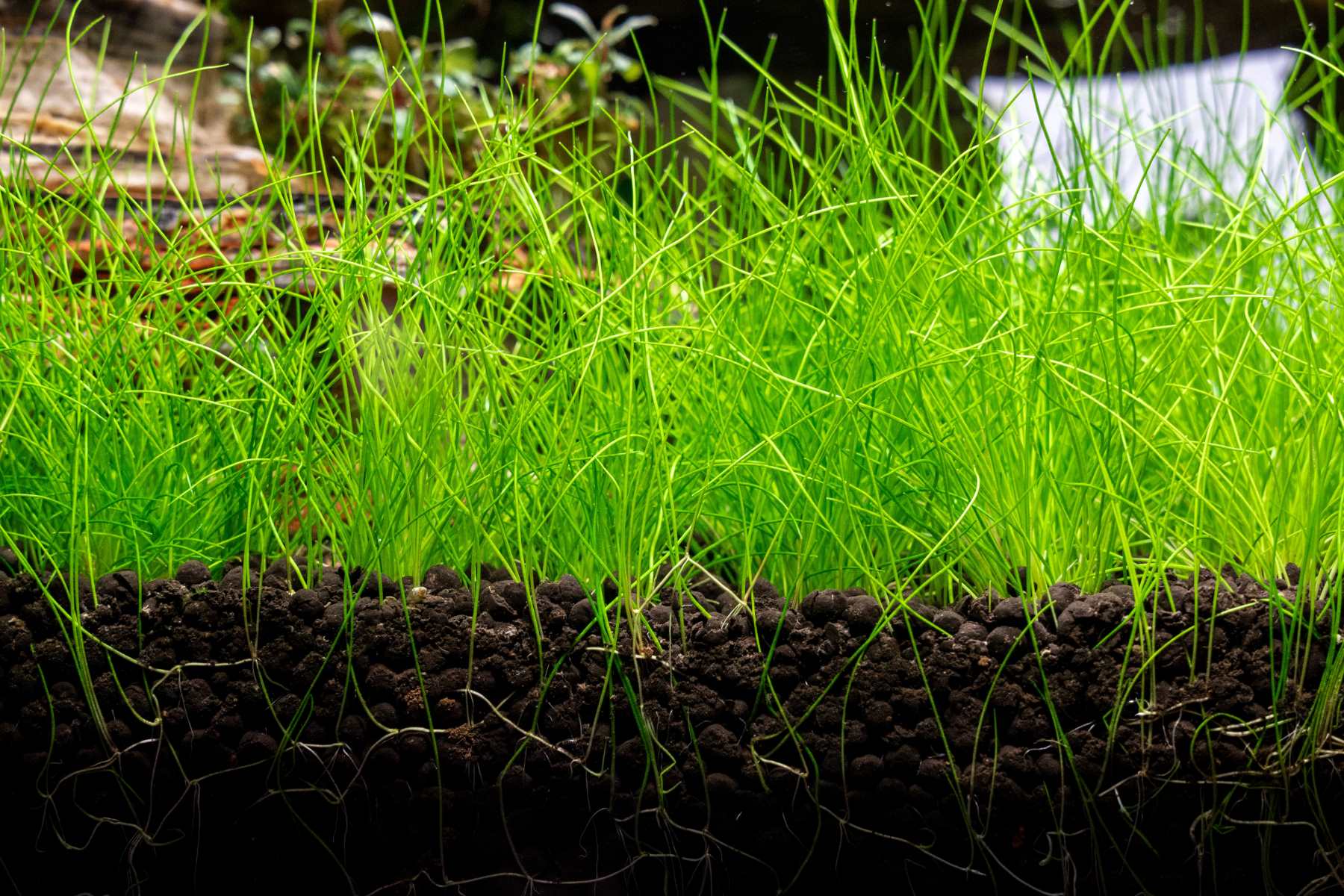
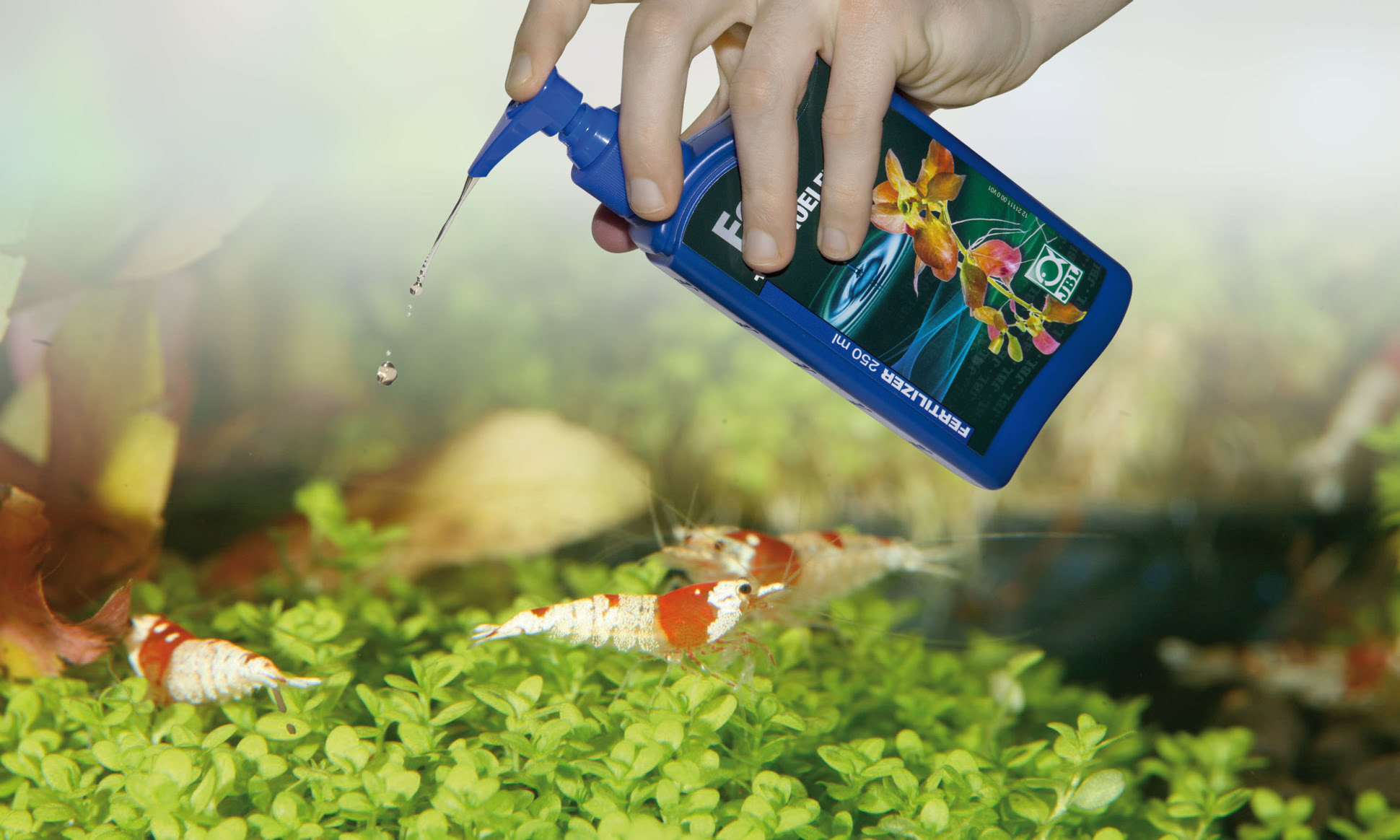
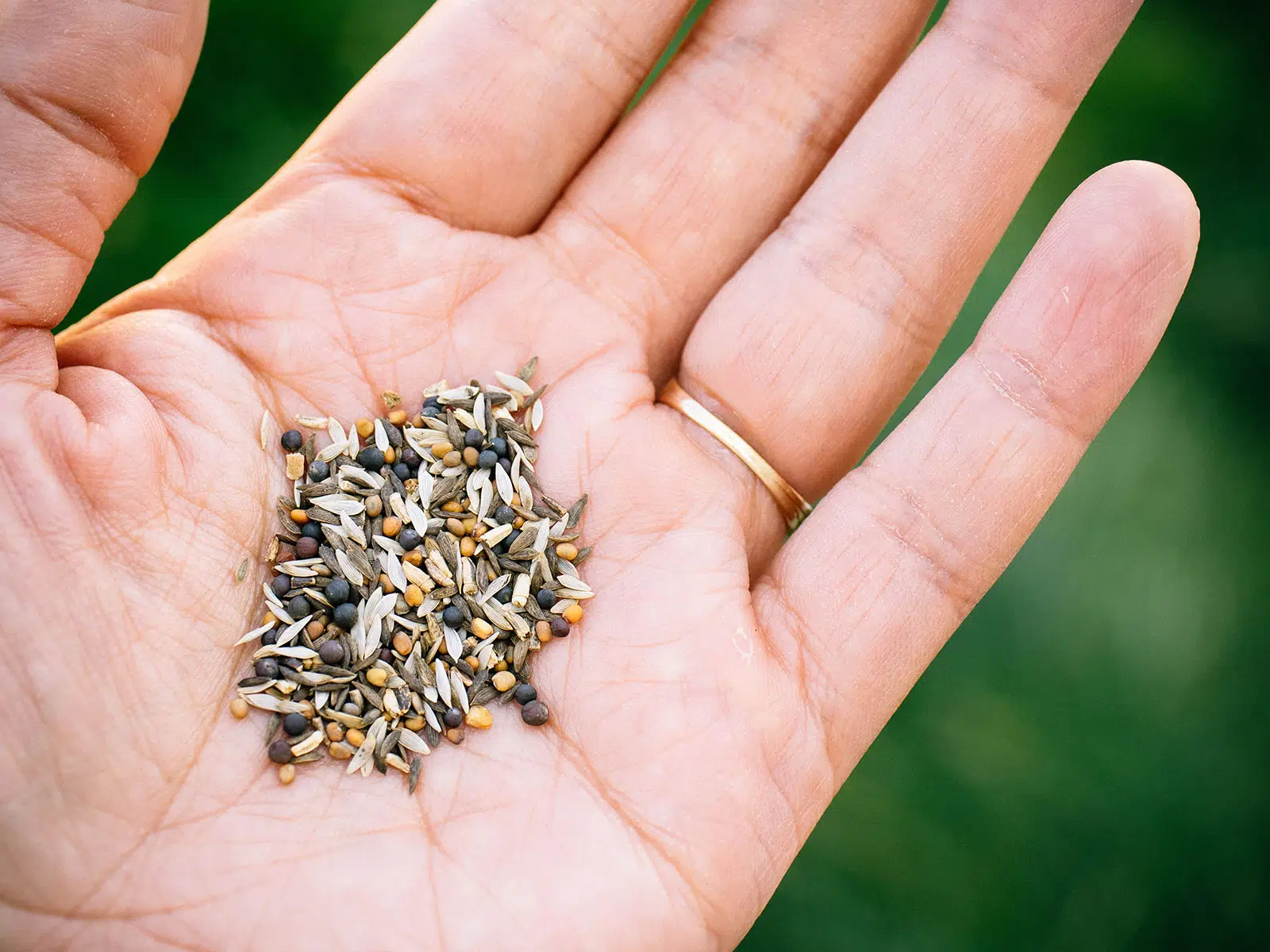
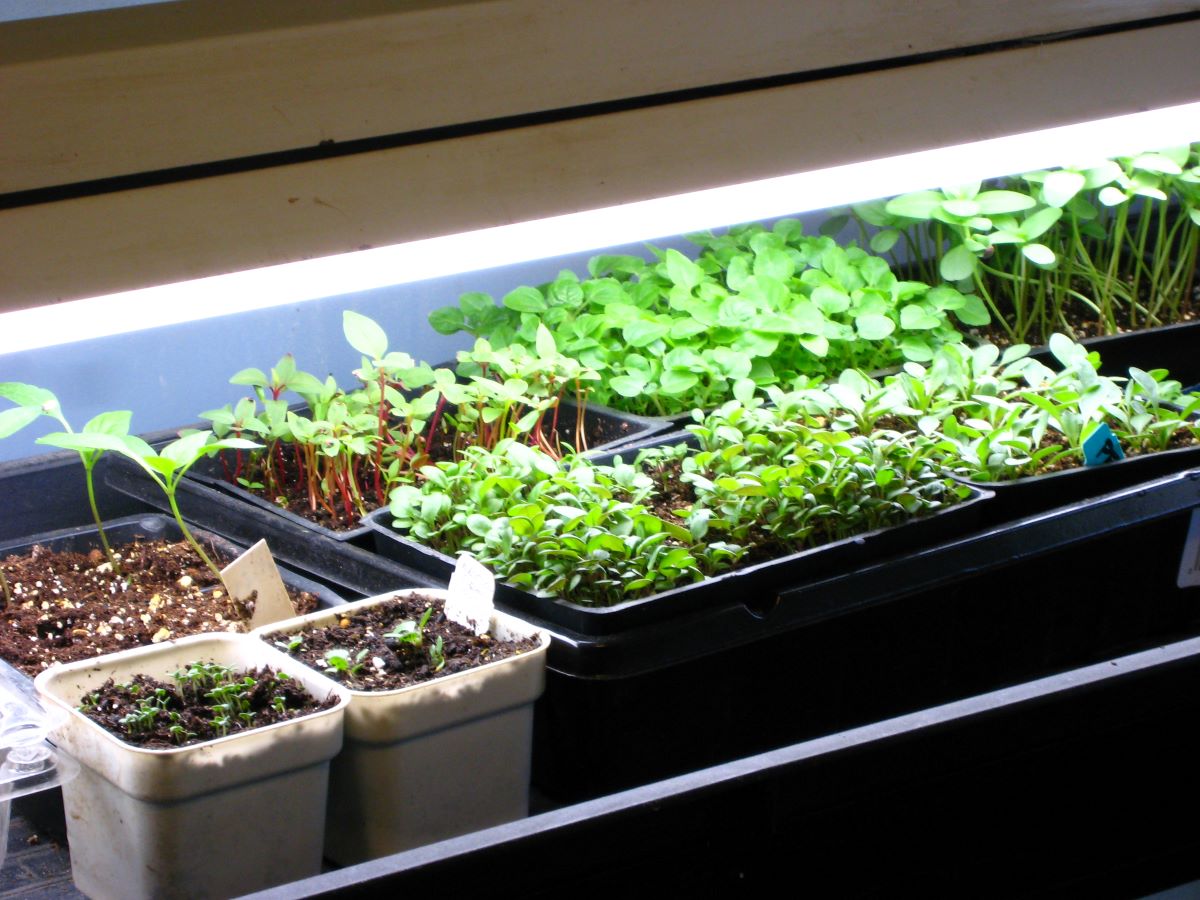
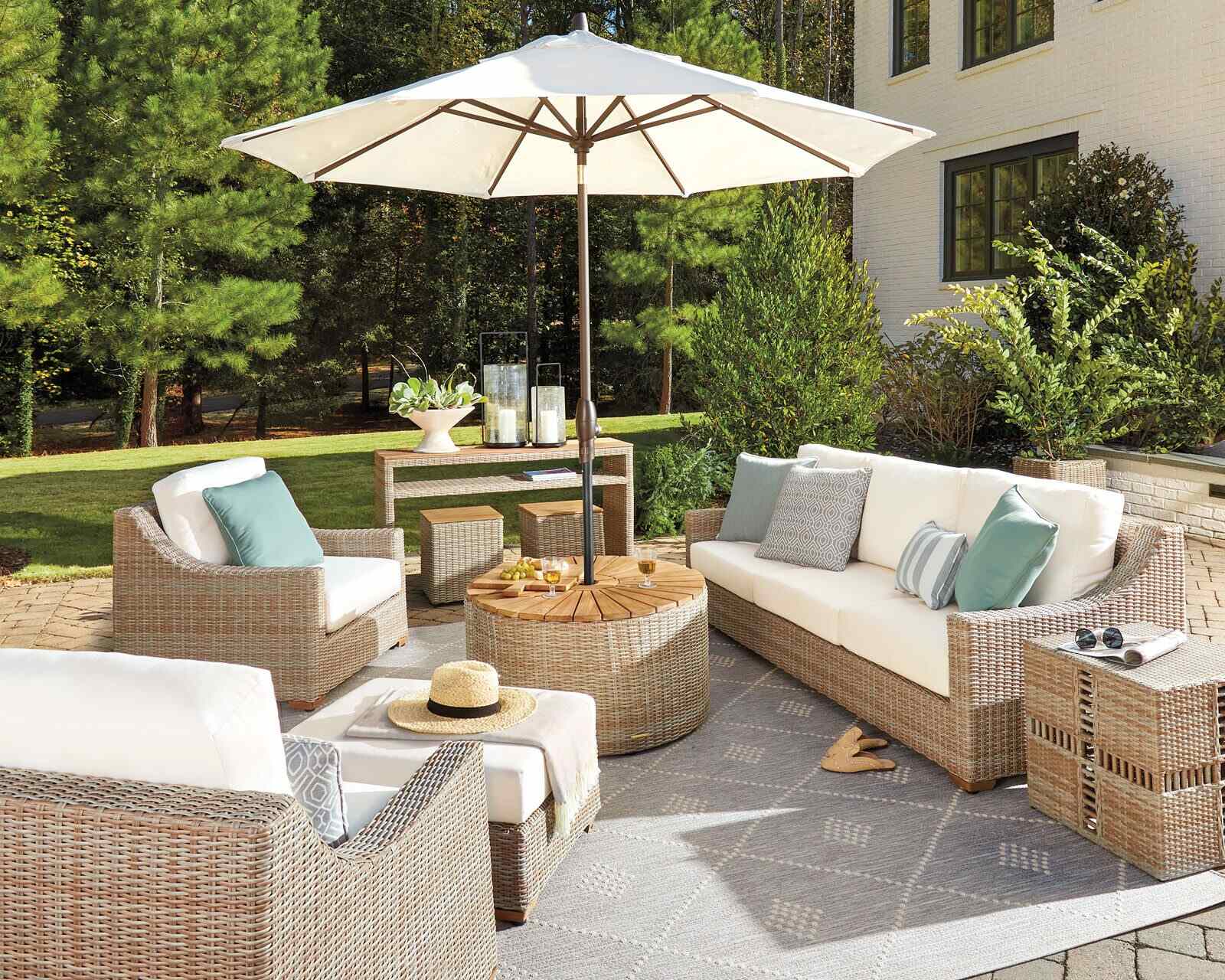
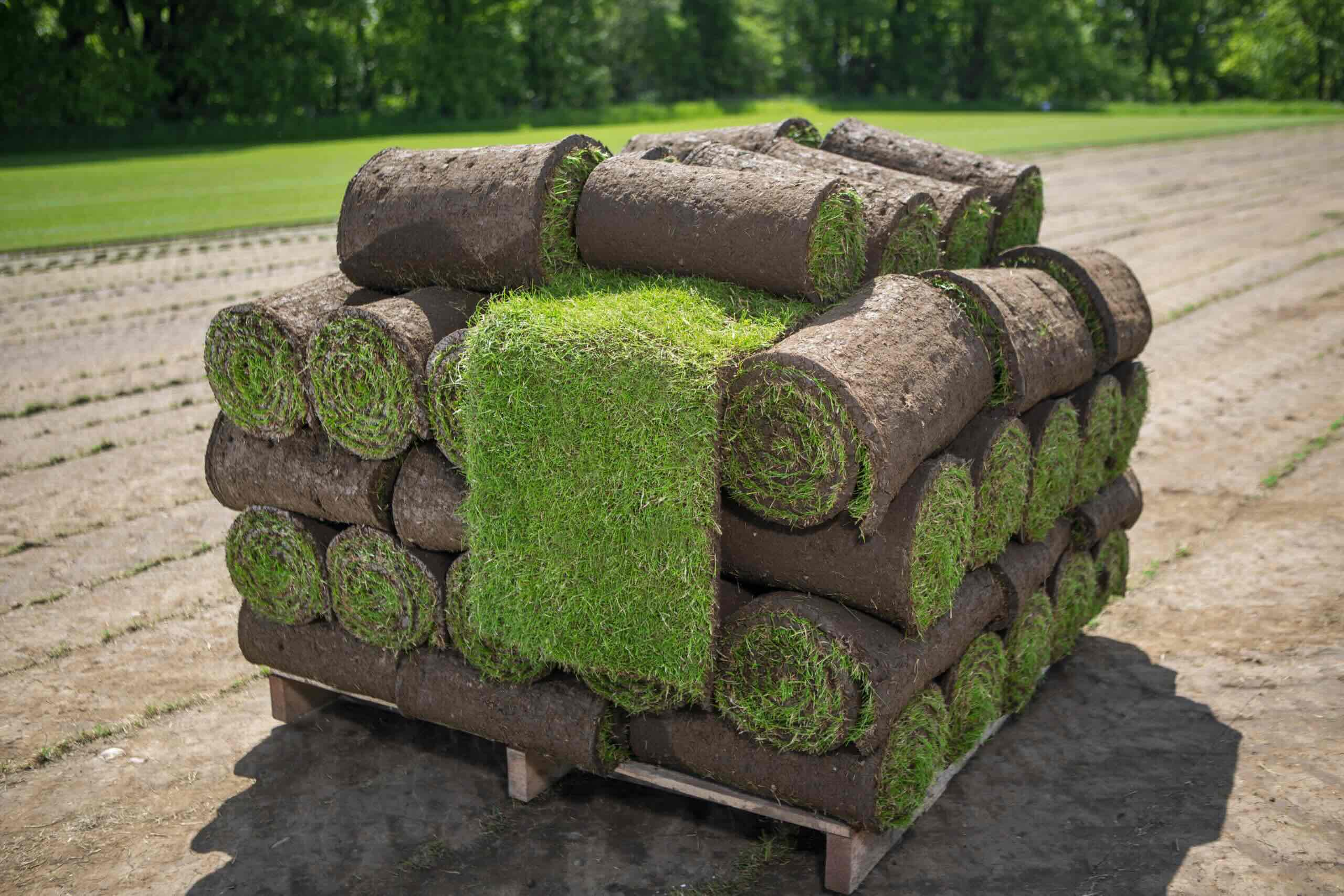
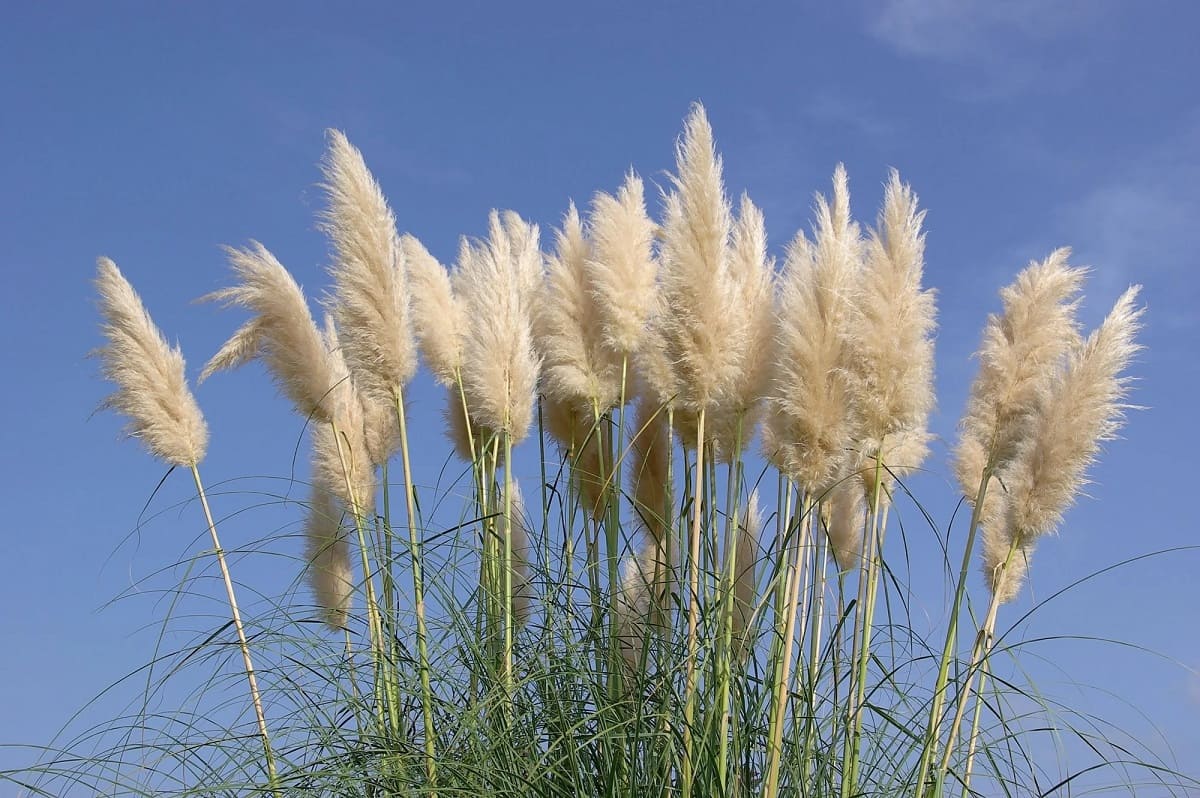
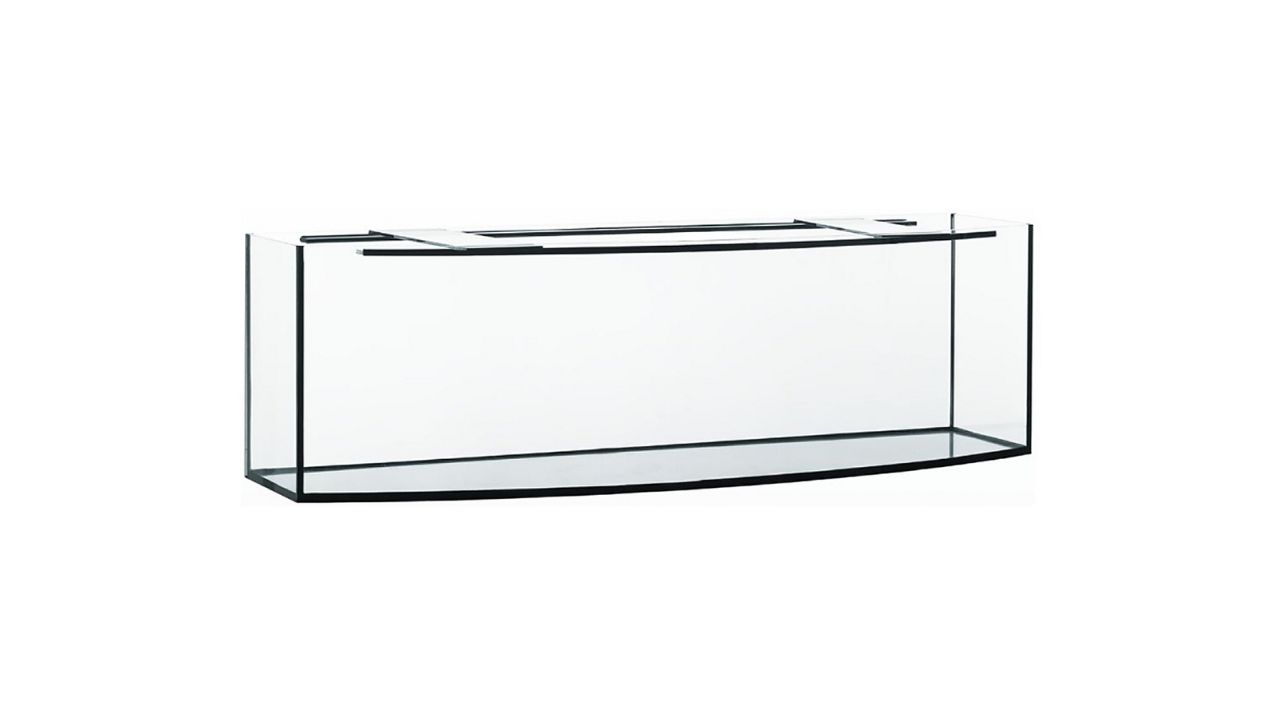
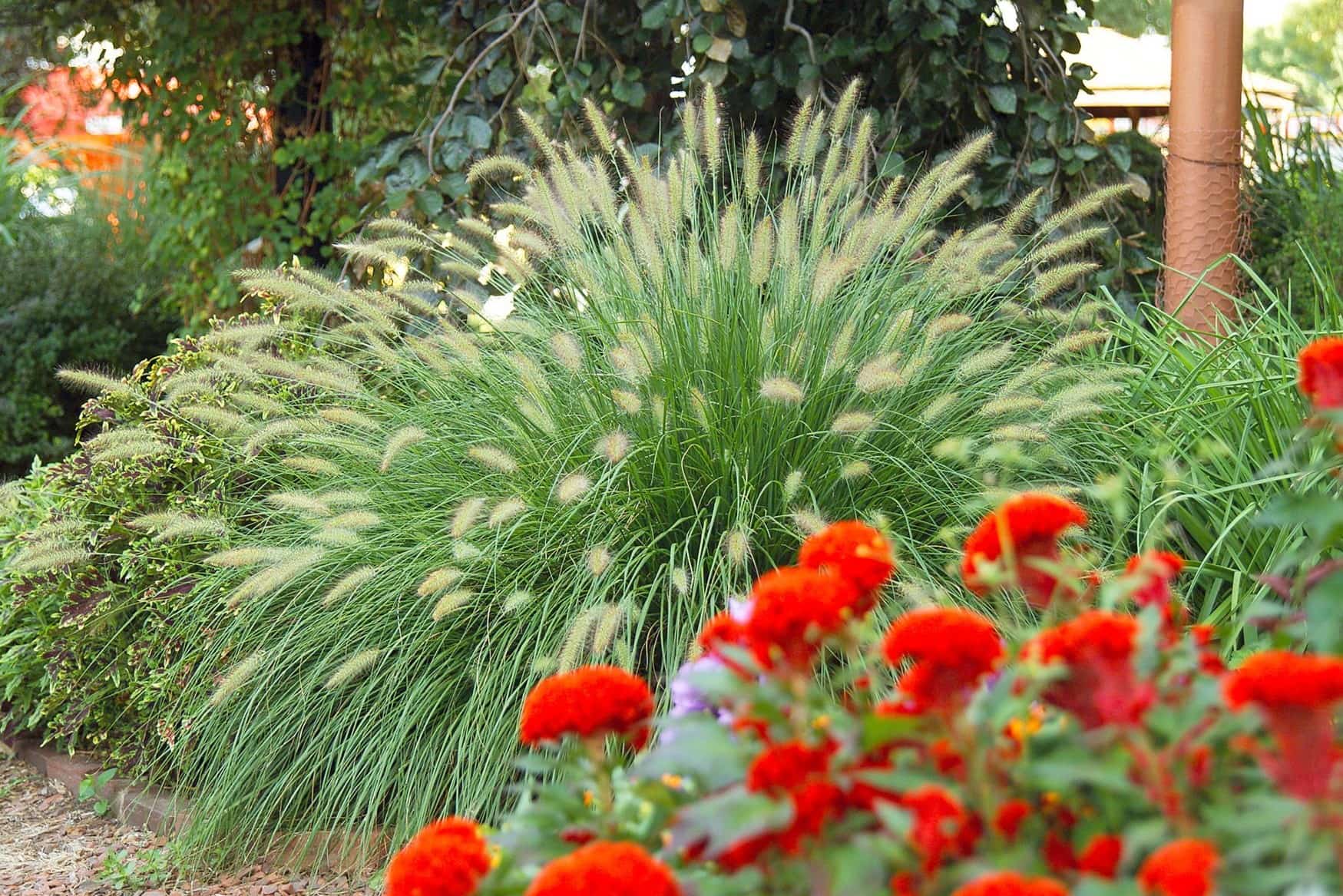

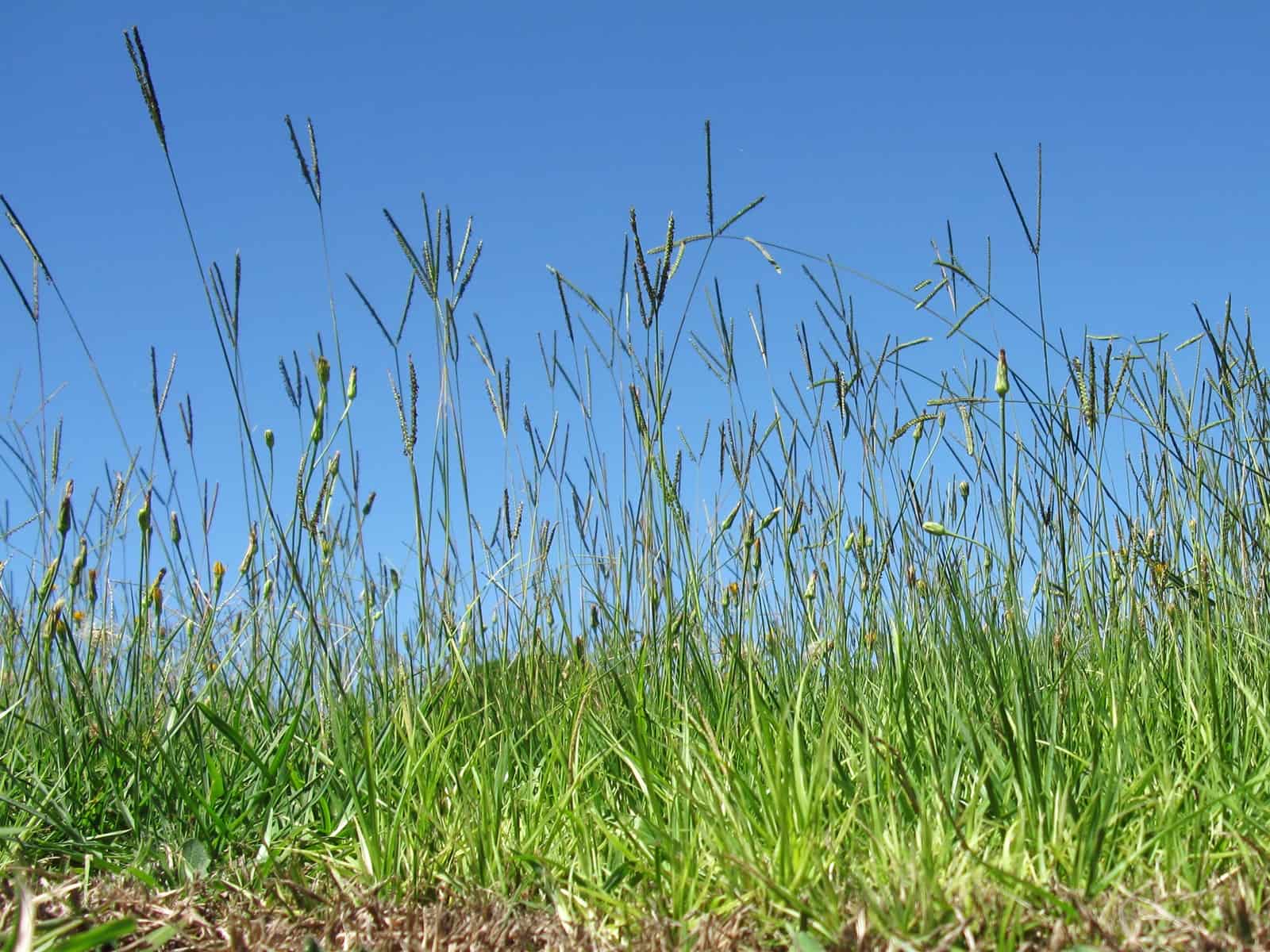
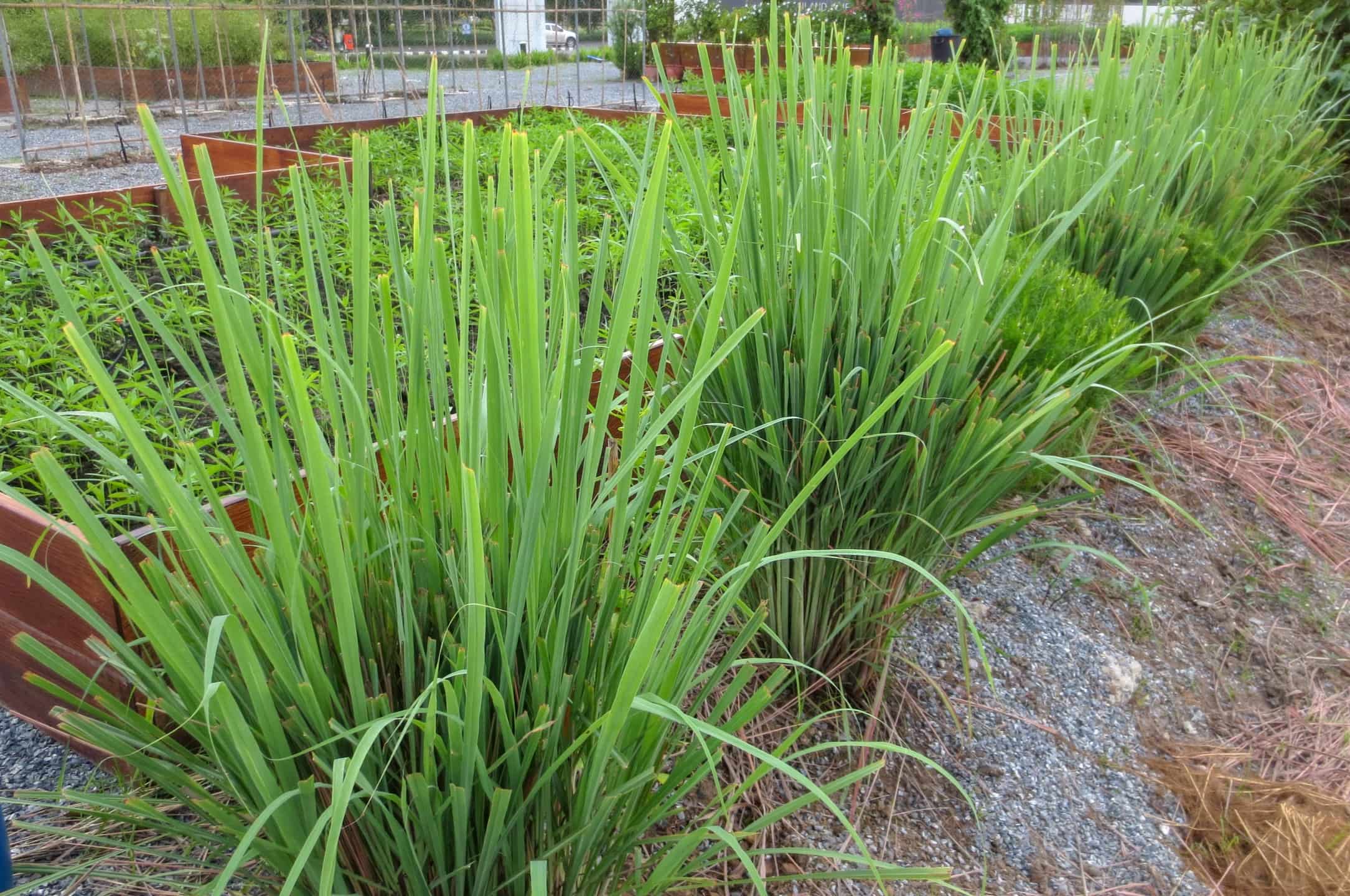
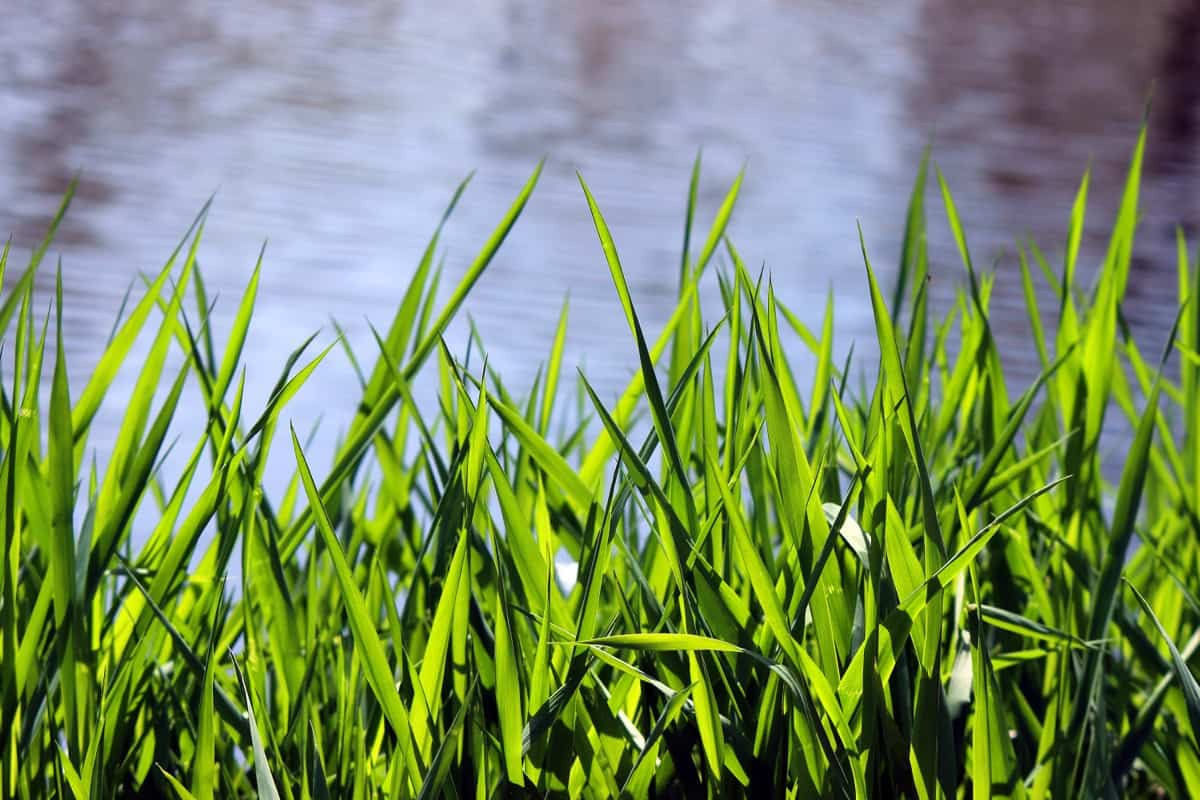


0 thoughts on “How To Plant Small Leaf Grass In Aquarium”